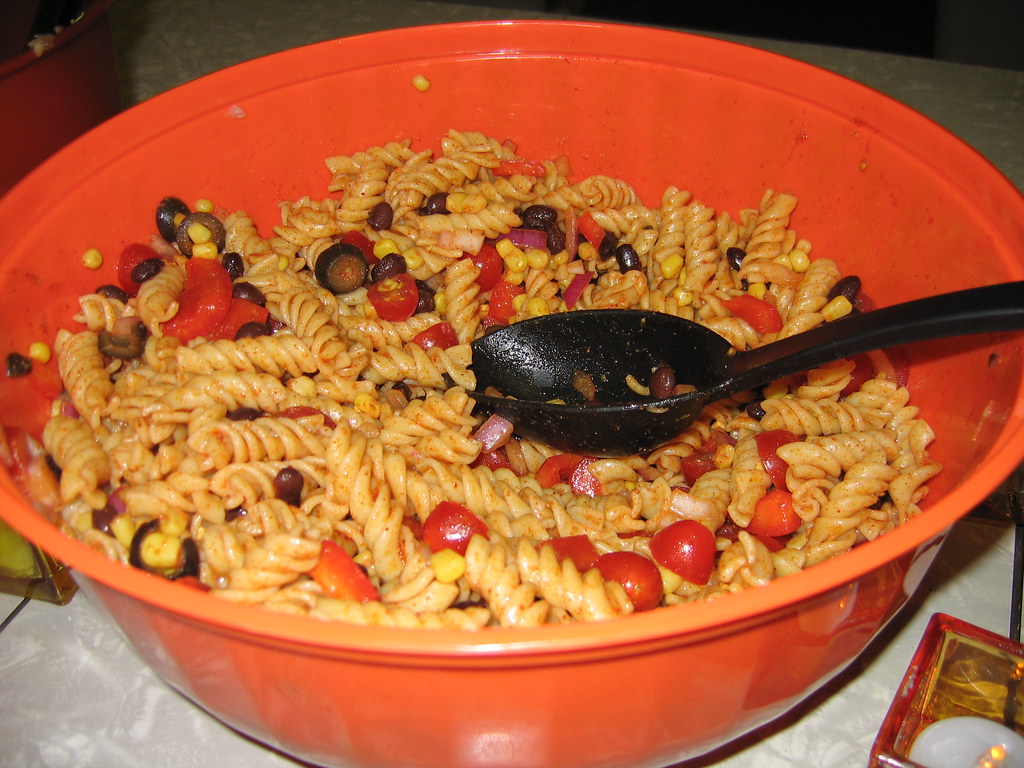
In the ’60s and ’70s, American dinner tables, lunch trays, and backyard barbecues revolved around reliable, easy-to-make dishes that nearly everyone remembers. These foods weren’t fancy—they were fill-up basics and comfort classics. Here are fifteen items that people genuinely recall without trying, each bursting with straightforward nostalgia.
Sloppy Joes
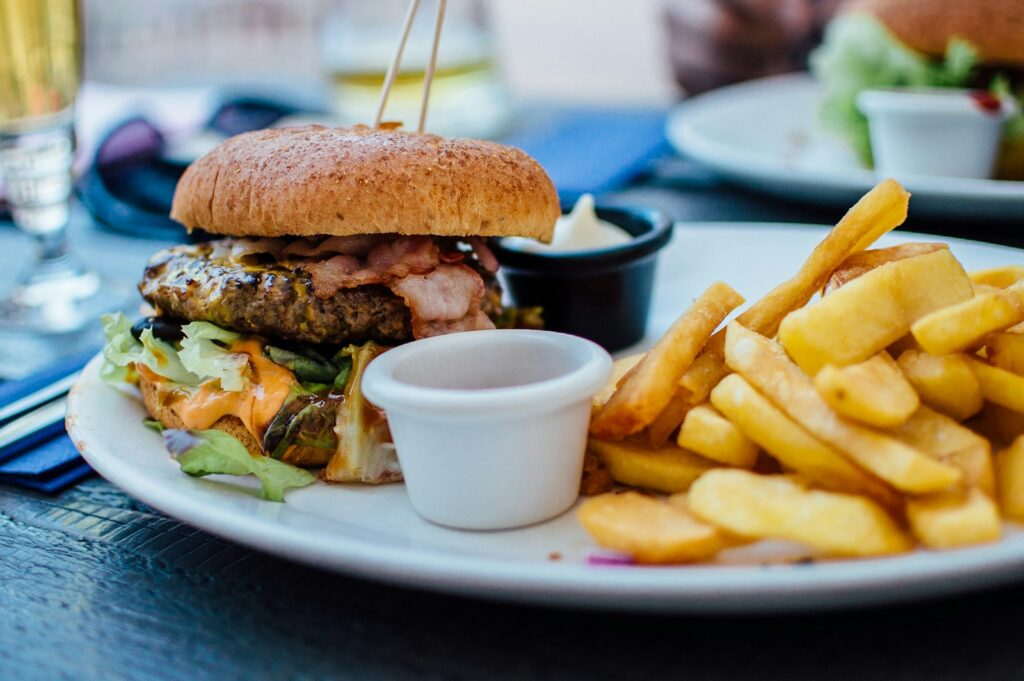
Saucy ground beef piled high on a soft bun was one of the most common weeknight dinners. That sweet tomatoey mess soaked through the bread, making napkins a necessity. Moms loved it because it stretched a little meat into a lot of dinner. Kids loved it because it was messy in the best possible way. Family kitchens and lunch trays across the country served it often.
Fish sticks
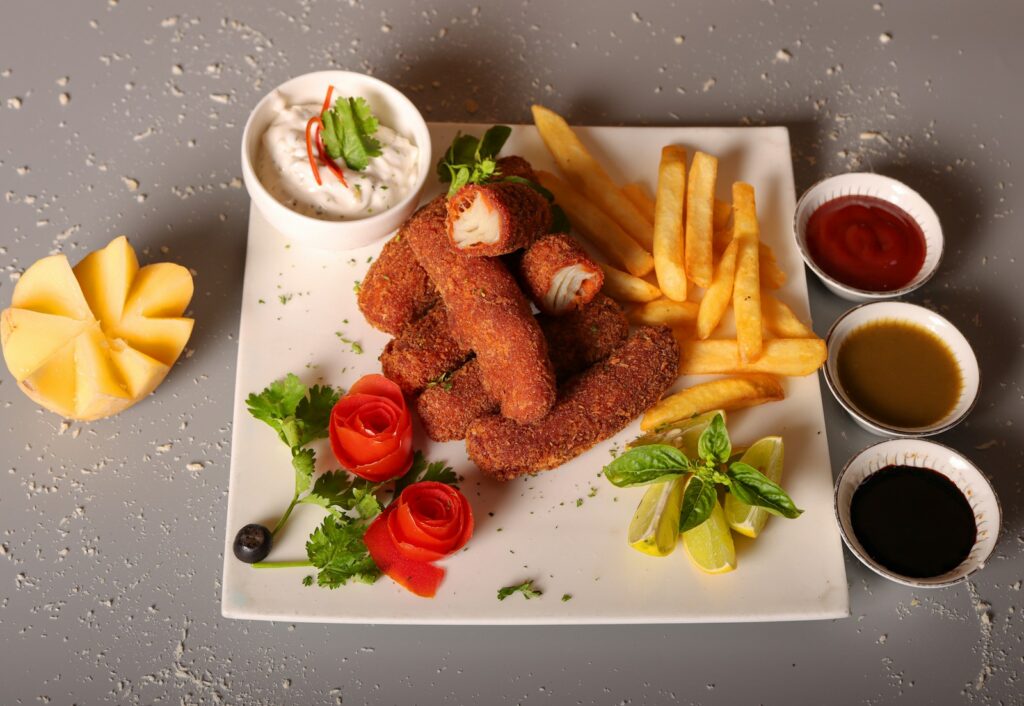
Frozen, breaded fish sticks were a staple in nearly every home freezer. Baked or fried, they came out crisp and hot ready to dunk in ketchup or tartar sauce. Parents appreciated their convenience; kids loved the crunch and the ease of eating. Whether it was a quick Tuesday dinner or a nostalgic lunchbox flashback, those fish sticks defined a generation’s idea of easy meals.
Macaroni salad

Elbow macaroni mixed with mayonnaise and chopped vegetables was a picnic and barbecue side across America. Some added eggs or pickles, but the basic creamy blend stayed constant. Served cold from a big bowl, it was both simple and satisfying. Its texture and tangy bite made it a reliable favorite that didn’t require fuss. It still brings to mind summer gatherings and paper plates.
Vienna sausages

These tiny, shelf-stable sausages in small metal cans were a familiar sight in cupboards. You peeled off the top, drained the liquid, and popped them right into your mouth or onto crackers. They weren’t gourmet—just salty and oddly comforting. Kids might’ve laughed at them, but they kept coming back. Even now, the memory of that tin and its seeping pickle juice sticks with many.
Corn fritters
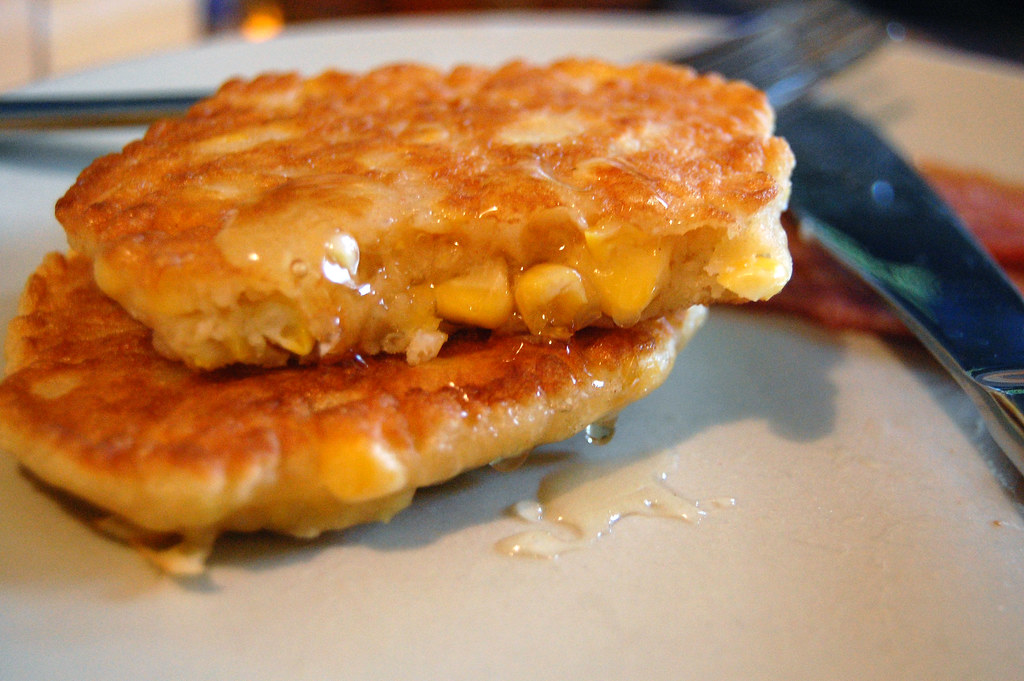
Golden nuggets dotted with corn kernels, fried until crisp on the outside and tender inside—corn fritters came into many kitchens via church potlucks and home dinners. You ate them for breakfast or as a side, sometimes with syrup, sometimes as-is. The best ones were barely sweet, perfect for dunking. They weren’t fancy, but they filled you and stuck in your memory as comfort food at its simplest.
Ham Salad Sandwiches
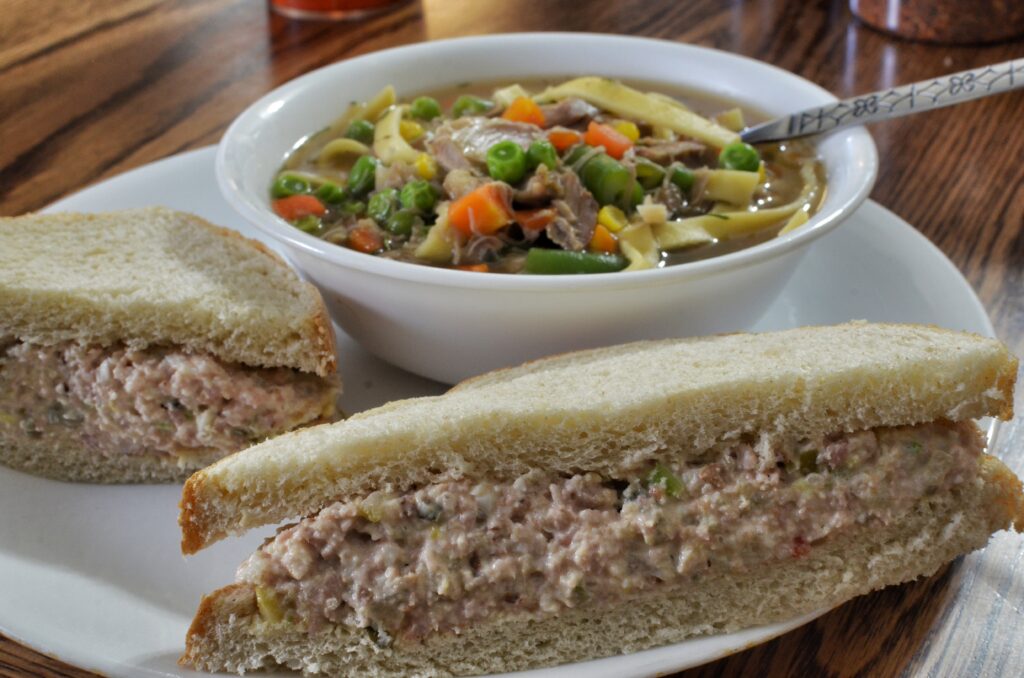
Back then, ham salad was a lunchbox regular. Made from leftover baked ham ground up with mayonnaise, relish and maybe a bit of mustard, it turned into a spread that filled soft white bread like a charm. It wasn’t fancy but it was dependable—cold, creamy and salty in just the right way. You’d find it at school lunches, church picnics and in Tupperware containers on road trips. Today, it’s hardly ever mentioned.
Pimento cheese spread
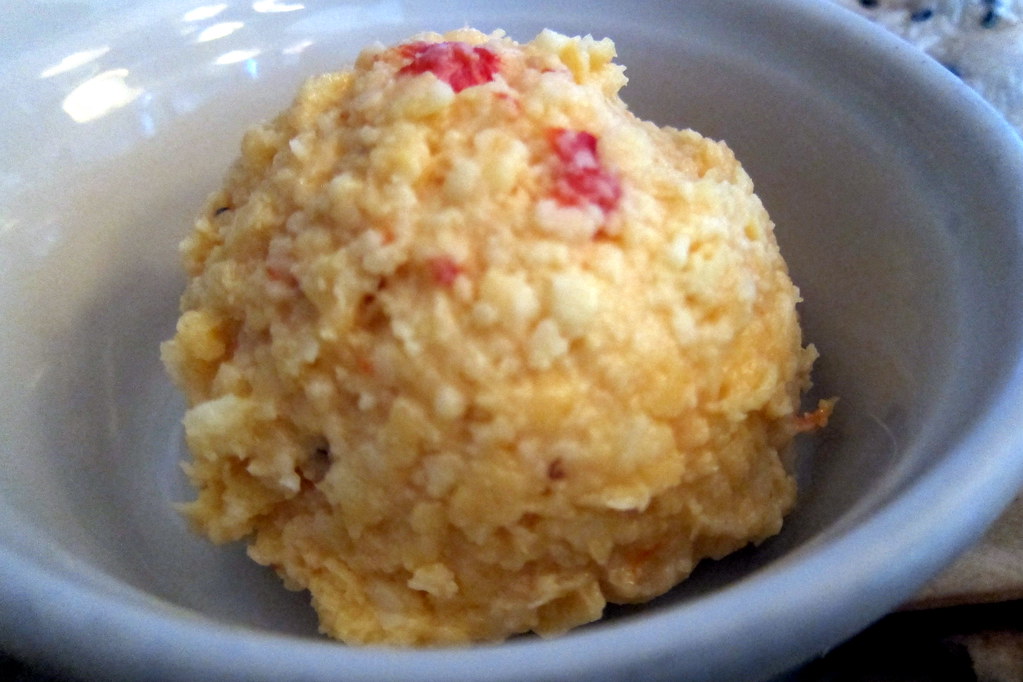
Bright orange and creamy, pimento cheese spread lived in fridges everywhere. Made from cheddar, mayo, and jarred pimentos, it topped sandwiches or was scooped onto crackers. It turned a boring slice of bread into something fun and slightly fancy. It also appeared at socials, bridge groups, or snack trays—and the taste lingered in nostalgia as a tangy reminder of simpler times.
Stuffed peppers
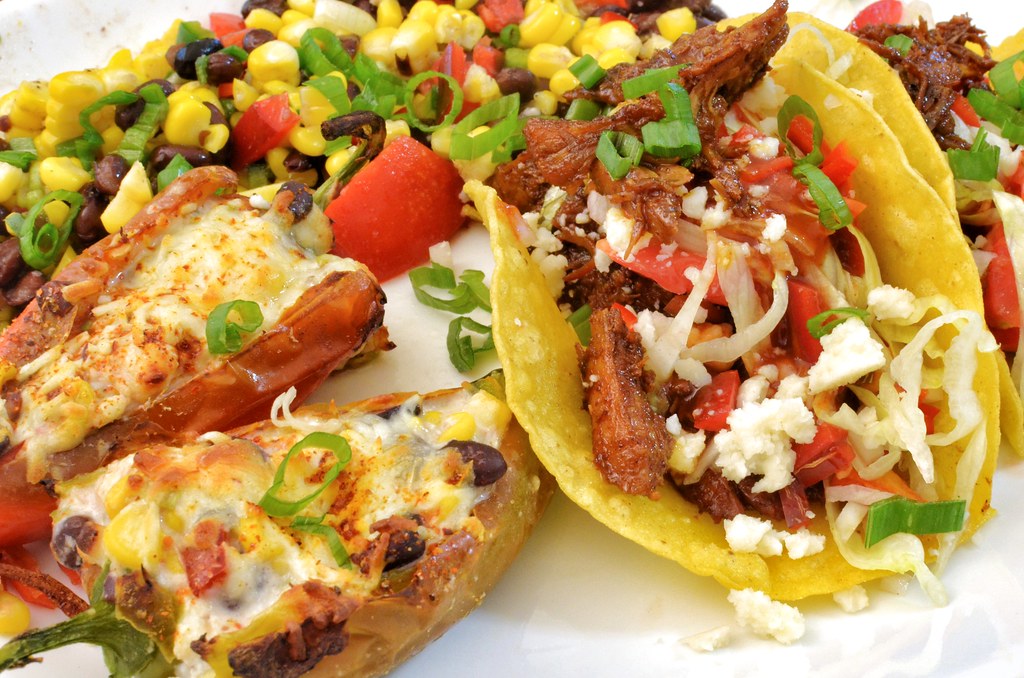
Bell peppers filled with rice, ground meat, and tomato sauce were at many family dinner tables. They baked in casserole dishes and arrived simmering hot—and while some kids left the pepper, the stuffing usually disappeared first. It felt like someone made an effort, even if it was simple. That visual of bright peppers filled with savory mess still sticks with those who grew up waiting for them.
Cornbread
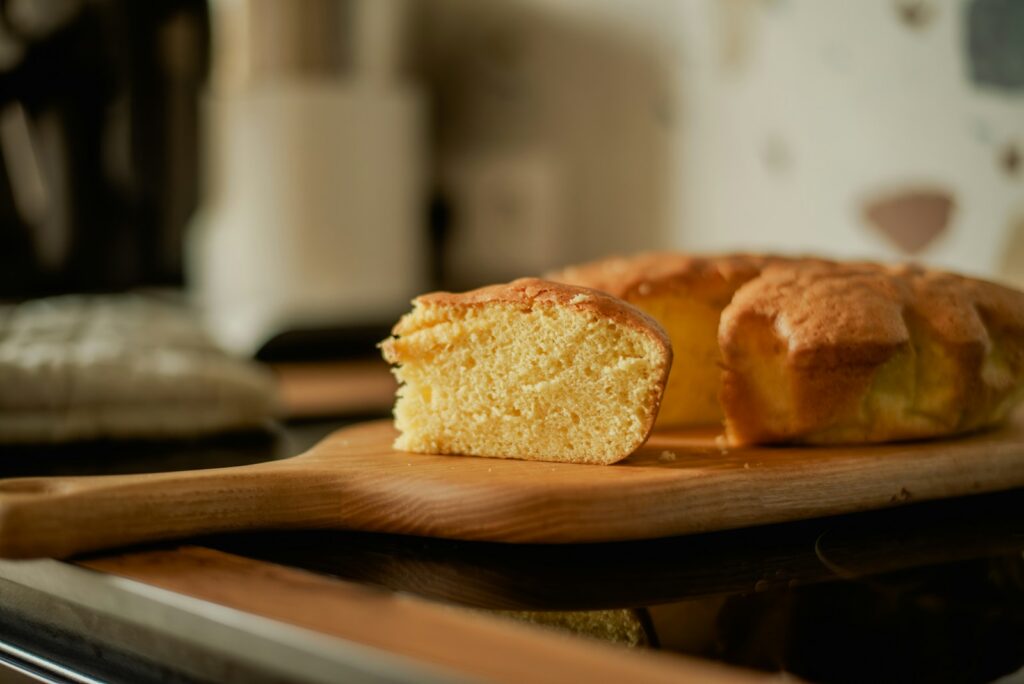
Cornbread baked in cast‑iron skillets or pans—and served warm with butter or honey—was a lunchbox staple alongside sandwiches and soups. Some versions were sweet; others were crumbly and dry. Either way, it soaked up chili or stew beautifully. It was everywhere—from school cafeterias to Sunday dinners—and that golden crust and crumb texture became a reliable comfort bite for many.
Bologna sandwiches
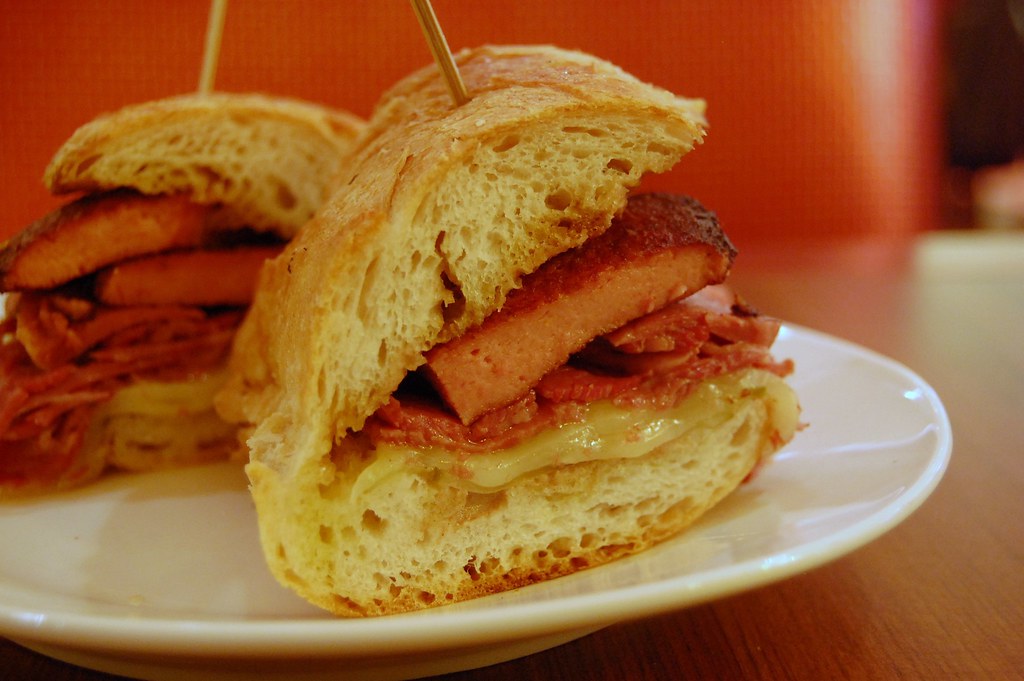
A lunchbox icon: white bread with cold bologna, yellow cheese, and a smear of mustard. If you fried the bologna, it curled and crisped at the edges. Whether cold or hot, plain or dressed up, it was a school lunch staple. Easy, cheap, and surprisingly satisfying, it defined weekday meals for countless kids. The memory of those sandwiches still brings back brown-paper-bag lunch nostalgia.
Potato pancakes (latkes)
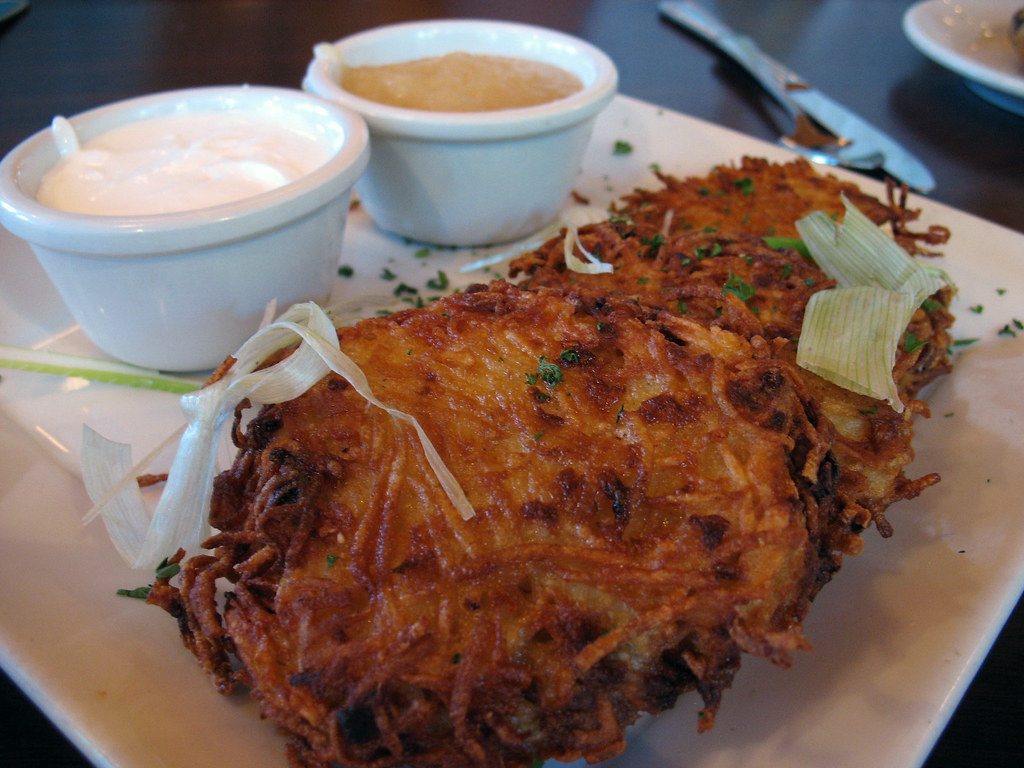
Grated potato mixed with onion and egg, fried into crispy golden circles, were sometimes a holiday treat—but plenty of families made them as comfort food anytime. Served with applesauce or sour cream, they filled the kitchen with sizzling oil and warmth. They weren’t a weekly dish, but they left deep memories when they appeared. That crackle when you cut one still echoes in many minds.
Stuffed celery

Celery stalks filled with cream cheese, olives, bacon bits, or nuts—this simple appetizer showed up at parties, showers, and snack trays in many homes. Crunchy and creamy at once, they looked festive and required almost no effort. Some families called them “ants on a log” if raisins were used. They were grown-up enough to get put on platters, but still easy and fun to eat.
Peanut butter and banana sandwich

Peanut butter got spread on bread with banana slices and maybe a drizzle of honey—a twist on plain PB&J that took off in the ’60s. It was sweet, sticky, and portable. It showed up in lunchboxes or became a quick snack at home. Health wasn’t the point—it was flavor. But the soft banana and creamy peanut butter combo stuck in kid memories far more than plain sandwiches did.
Italian wedding soup
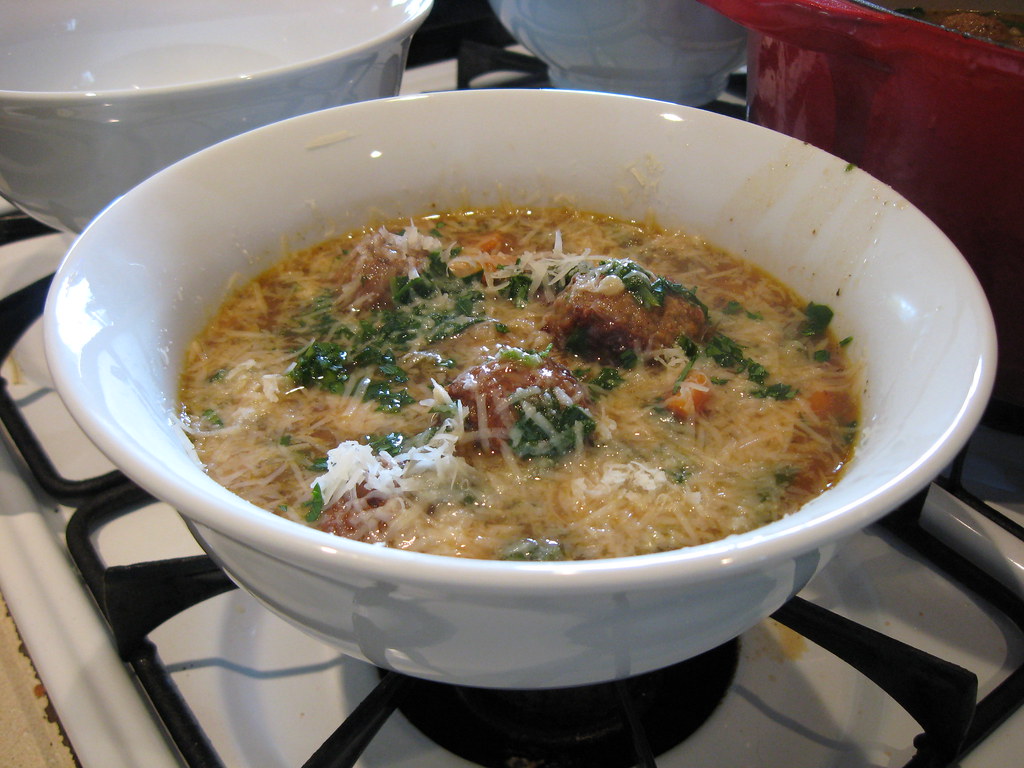
Tiny meatballs bobbing in a clear broth with tiny pasta (usually acini di pepe or pastina) and maybe a handful of spinach was a staple in many ethnic American kitchens. It came from Italian-American families but spread in diners and dinner tables beyond that. Light, soothing, and easy to eat, it felt homemade even if served in restaurant bowls. It warmed bellies, not wallets.
Oatmeal raisin cookies

Chewy, speckled with raisins, and spiced with cinnamon, oatmeal raisin cookies were a staple cookie jar item. They baked at home or appeared at baking contests and potlucks—and they followed the whole-wheat-fiber health trend just enough to feel smart. Kids grabbed them for lunch, snack time, or dessert. Years later, the taste still recalls cinnamon aroma and crumbly sweetness, the kind every kid loved.

